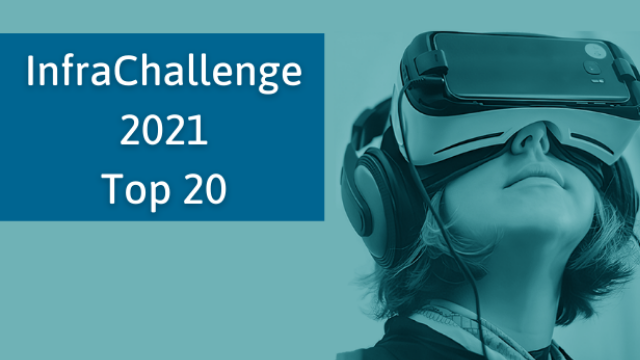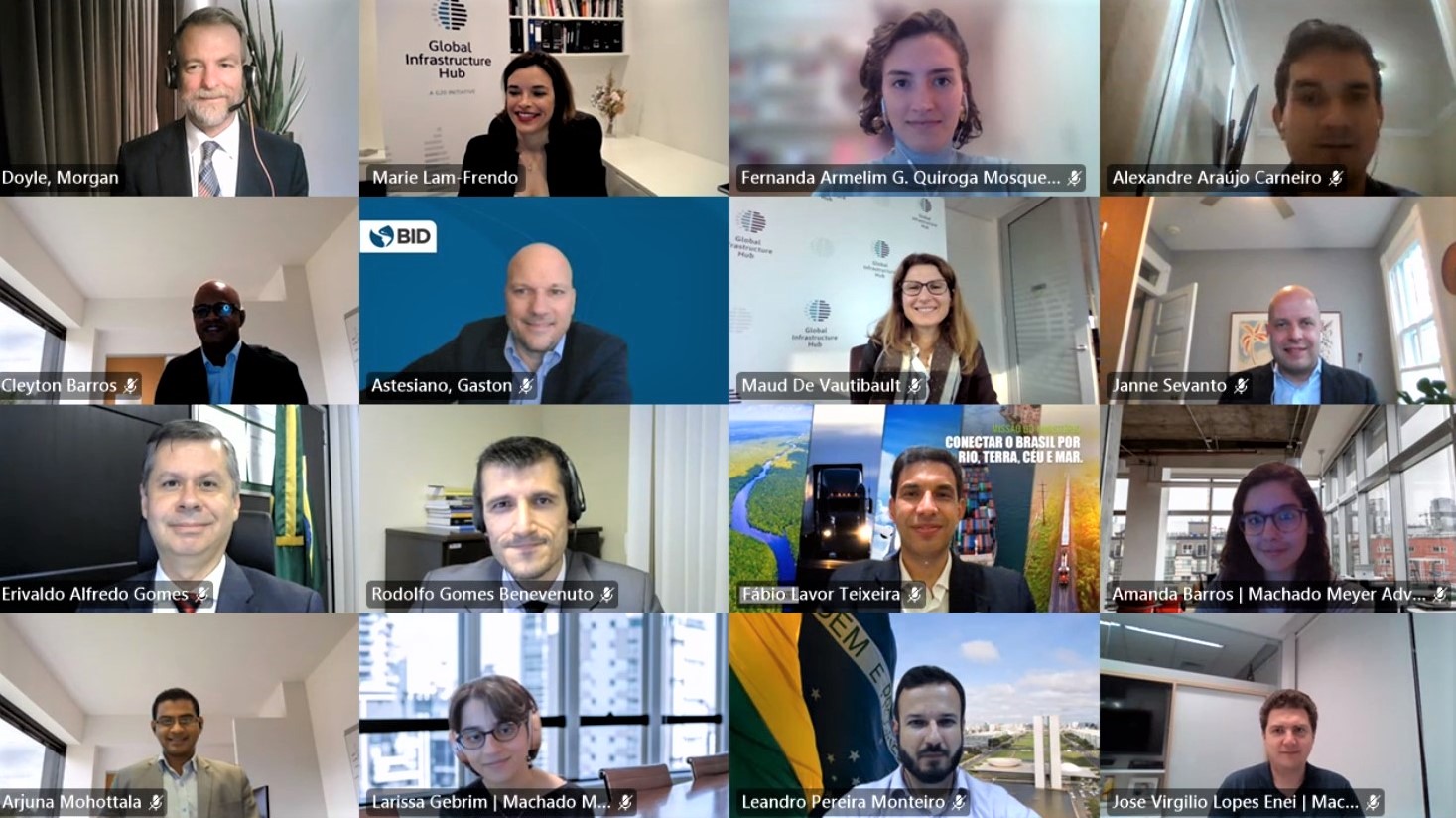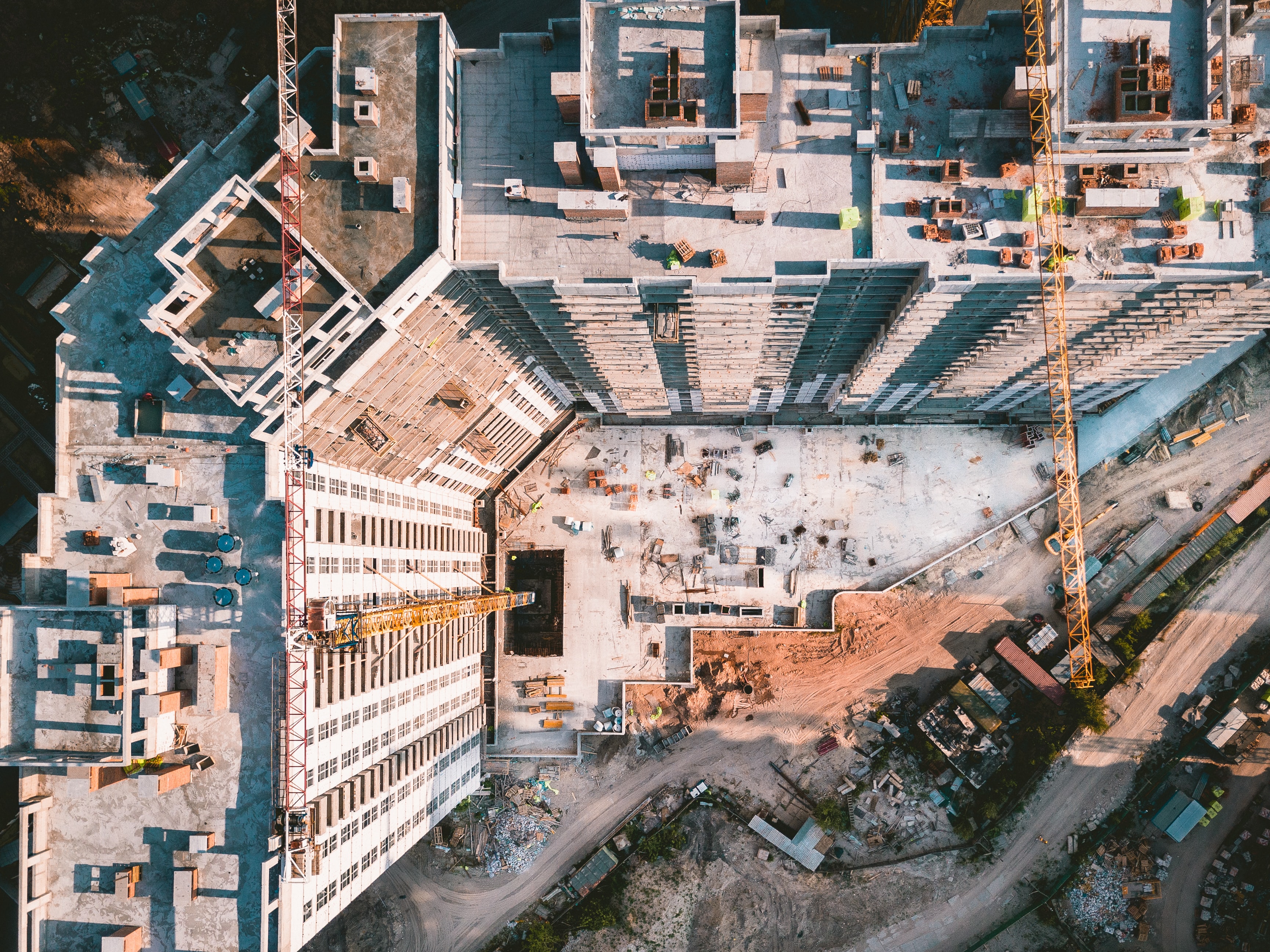1740 results found
Featured results



More results
InfraChallenge 2021 invited ideas for building and maintaining better, more resilient infrastructure. Discover who made the Top 20.
With signs of increasing international cooperation on climate change, including the Biden Administration’s commitment to halve America’s net greenhouse gas pollution by 2030, we may finally see new levels of momentum for transnational or cross-border renewable energy projects, which the United Nations has cited as required for the achievement of Sustainable Development Goal 7: Affordable and Clean Energy.
The interactive workshop was a lively and comprehensive overview of how the circular economy can be a framework for economic growth solutions and highlighted the roles that governments around the world can play to enable circularity in infrastructure.

This guide to global best practices helps project teams successfully deliver infrastructure that crosses national borders.


Latin American and the Caribbean countries have a large, and increasing, infrastructure quantitative, qualitative and efficiency gap. The lack of sufficient physical assets, inadequate maintenance and poor service provision negatively impacts the quality of life of its population and the competitiveness of its economies.
In this blog, Svetlana and Roberto discuss the major cross-border projects currently being planned and delivered with Russia’s involvement, and the importance of comprehensive quality assessment in delivering these projects. Their discussion practically illustrates several elements of successful cross-border project delivery that are detailed in the GI Hub’s cross-border reference guide, Connectivity Across Border.
Brazil is positioned to attract more private sector investment into infrastructure and to bring further bankable projects to market following an 18-month engagement program between the Global Infrastructure Hub (GI Hub) and the Brazilian Government


Detailed recommendations based on global benchmarks serve as a model for output specifications that drive value for money.


Institutional investors are facing growing calls for a stronger engagement in development, in particular for infrastructure, climate and social investments. The investment requirements for global sustainable development are huge. State budgets are already stretched in most emerging markets and developing countries (EMDE), with tax bases weakened and public debt piling up.
Brazil is positioned to attract more private sector investment into infrastructure and to bring further bankable projects to market following an 18-month engagement program between the Global Infrastructure Hub (GI Hub) and the Brazilian Government.
Seeking an Efficient Coordination of Investment, Budgeting and Financing Cycles in Latin America and the Caribbean

On 3 June, the Italian G20 Presidency in collaboration with the OECD and D20 Long-Term Investor Club, hosted an Infrastructure Investors Dialogue: Financing Sustainable Infrastructure for Recovery. The objective of the dialogue was to leverage ongoing efforts to advance collaboration between the public and private sectors, with a particular focus on unlocking further investment and sustainability. A range of leading experts joined and contributed to the session including Global Infrastructure Hub CEO Marie Lam-Frendo.
Sidewalk Infrastructure Partners (SIP) and a set of founding partners, have recently launched the Innovative Infrastructure Initiative (I³); a new consortium championing and accelerating transformative infrastructure projects in America that use technology and innovation to meet pressing infrastructure needs.
Transparency International Australia is launching a new project to identify the loopholes that enable corruption to thrive in the infrastructure sector in the Asia-Pacific region. The first step in this project is the development and testing of a new tool, to help understand corruption risks in transnational infrastructure projects in the Asia-Pacific region. The Infrastructure Corruption Risk Assessment Tool will help its users identify, assess and address corruption risks in the process of approving infrastructure projects. The global demand for infrastructure, and many governments’ eagerness to facilitate large volumes of infrastructure spending, means this tool comes at a critical time. Many countries, including the UK, Australia and France, as well as countries in the Asia-Pacific, have responded to the economic downturn caused by the coronavirus pandemic with commitments to boost infrastructure spending. While this increased funding is welcome, it comes with an increased risk of corruption.
In March 2021, the Global Infrastructure Hub (GI Hub) and Infrastructure Australia hosted the inaugural International Forum of Infrastructure Bodies (I-Bodies). The golden thread running throughout the forum was the pivotal role I-Bodies play in either strategic planning for infrastructure or funding and financing infrastructure in their jurisdictions.
A report providing quantitative analysis of ten EU National Resilience and Recovery Plans


The Investing in Canada Infrastructure Program is one way the Government of Canada is delivering funding to communities through the Investing in Canada Plan.





Infrastructure projects are capital-intensive and emerging countries often rely on private investment to implement them. As projects generate revenues in local currency (usually escalated by local inflation), the mismatch between the revenues and the debt service in foreign currency represents a major risk. Without a reliable mechanism to properly mitigate the foreign exchange (FX) risk, relevant sources of potentially long-term and less expensive funding are not accessible. A deep assessment of the FX risk and the development of innovative mitigatory solutions is critical to amplify the offer of long-term credit facilities for infrastructure financing.
InfraChallenge 2021 invited ideas for building and maintaining better, more resilient infrastructure. Today we announce the Top 10 competitors.




 Cross Border Infrastructure
Cross Border Infrastructure












